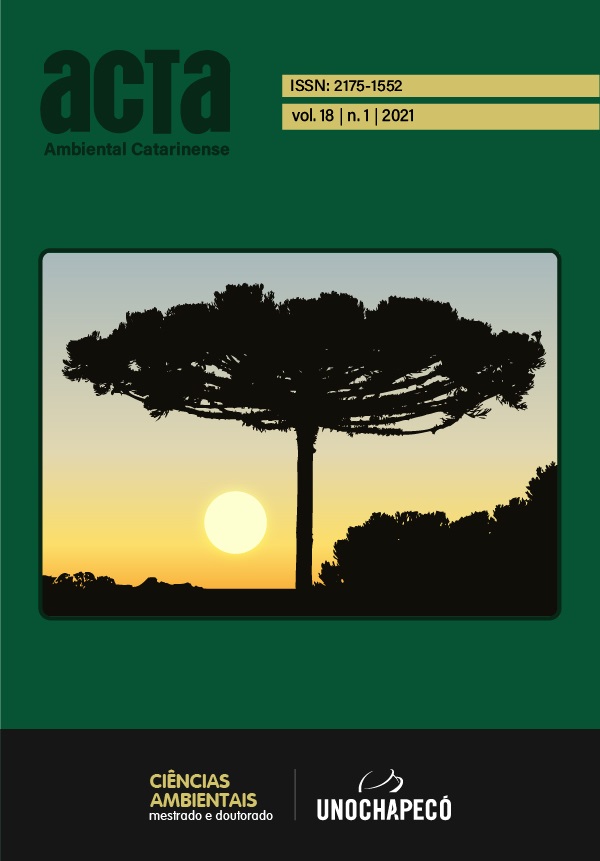Offspring morphology and early ontogenesis in Helicops angulatus (Linnaeus, 1758) (Serpentes; Hydropsini) in the Atlantic Forest of Northeast Brazil
Growth rates and prey-handling behavior of hatchling Helicops angulatus
DOI:
https://doi.org/10.24021/raac.v18i1.5468Abstract
Body size can influence feeding habits, reproduction, energy allocation, and other aspects of animal biology. Helicops angulatus is a medium-sized snake with aquatic behavior, inhabiting rivers, lakes, and streams of tropical America. The present study reports on fetal size, offspring morphology, and early growth of H. angulatus based on newborns of an adult female collected during active searches in an urban fragment of the Atlantic Forest in the Rio Tinto municipality, Paraíba State, Northeast Brazil. On average, siblings had grown to 86 mm in length, and increased their initial weight by 2.6 g by the end of the 12-month period after egg laying. Food was refused at times coinciding with days preceding ecdyses. Knowledge on morphometric variation between neonate to adult sized individuals can be important to understand plasticity in ecological traits, as well as intra and interpopulation variations.
Downloads
Published
Issue
Section
License
Copyright (c) 2021 Revista Acta Ambiental Catarinense

This work is licensed under a Creative Commons Attribution-NonCommercial-NoDerivatives 4.0 International License.
Estou ciente de que, em sendo aprovado, a publicação do artigo será no formato on-line no Portal de Periódicos da Unochapecó.Também tenho ciência de que há autorização para assumir contratos adicionais separadamente, para distribuição não-exclusiva da versão do trabalho publicada nesta revista (ex.: publicar em repositório institucional ou como capítulo de livro), com reconhecimento de autoria e publicação inicial nesta revista.
















